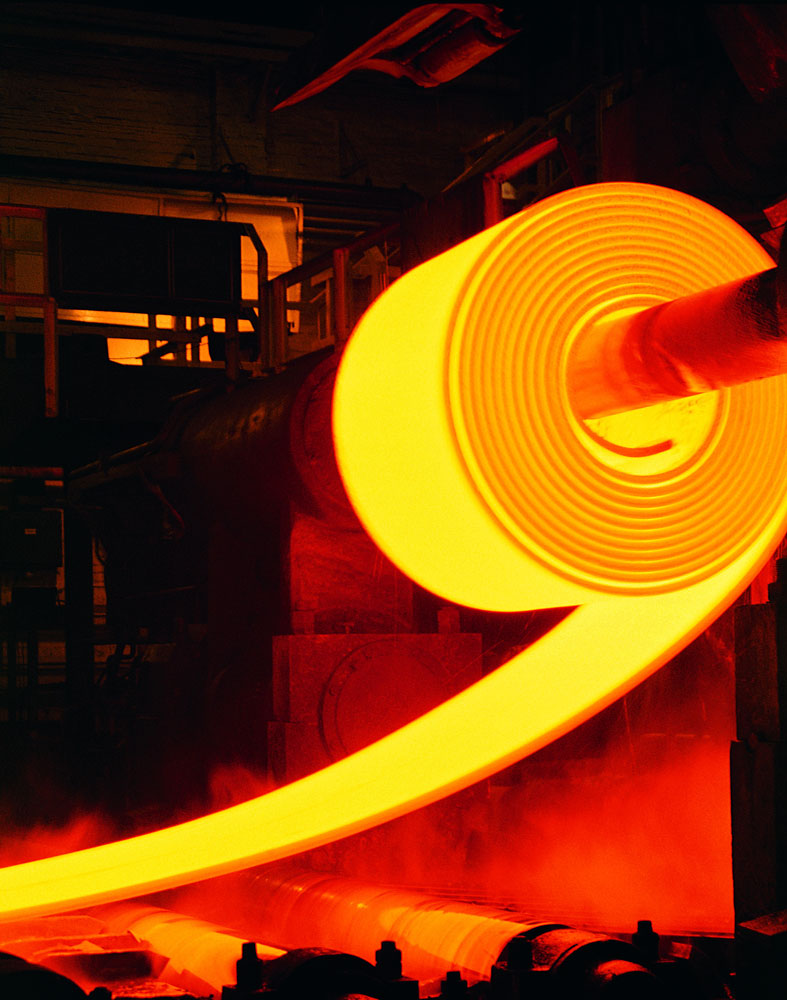The COVID-19 pandemic is heavily impacting all nickel and stainless steel supply chains -when they were already facing weaker prospects.
From nickel and chromium mining to stainless steel scrap supply and demand, stainless steel production capacity, and demand from end-use sectors including transportation, energy, and household appliances, markets are in disarray. The coronavirus crisis impacts come on top of an already difficult start to 2020 when nickel and stainless steel prices were already under pressure, and with stainless steel production continuing its migration from the West towards Asia.
As global economic activity in response to the pandemic has contracted sharply – the International Monetary Fund, for example, is now predicting a 3% downturn in the global economy this year – steel production has also been shuttering.

In the United States, the American Iron and Steel Institute reports that the US steel mill capacity utilisation rate plunged to 56.1% for the week ending 11 April, down from 81.3% a year earlier. Steel mills in both the US and Europe shut down production capacity in response to the pandemic when stainless steel production was already on a downward trajectory.
According to the latest figures from the International Stainless Steel Forum (ISSF), stainless steel melt shop production in Europe declined 7.9% in 2019 to just over 6.8 million tonnes while production in the United States fell 7.6% last year to 2.593 million tonnes. In contrast, stainless steel production in China climbed 10.1% in 2019 to 29.4 million tonnes, according to the ISSF estimates.
Upheaval across raw materials
Supply disruptions across the various raw materials markets are further complicating the outlook for the nickel and stainless steel industries. With respect to nickel production, at least two mining companies in the Philippines have recently announced indefinite closures, while Macquarie reports that two Canadian nickel mines (Glencore’s Ragan mine and Vale’ Voisey’s Bay mine) have ceased operations.
Those supply disruptions add to the restrictions on primary nickel supply following Indonesia’s on-going export restrictions on unprocessed nickel ore. In response to the rapidly shifting nickel supply and demand dynamics, the LME official three-month nickel price has dropped from more than US$ 14 000 per tonne at the end of 2019 to less than US$ 11 200 per tonne in late March.
Other stainless steel raw material prices have come under even greater pressure. As Macquarie reports, ‘the LME price is only relevant for a certain portion of sales, however, with 65+% of nickel use now being in the form of non-LME deliverable nickel-iron units (ferronickel, nickel pig iron and nickel in stainless steel scrap)’.
It said ferronickel was trading at a small premium to LME prices a year ago but was now selling at discounts of around US$ 2 000 per tonne.